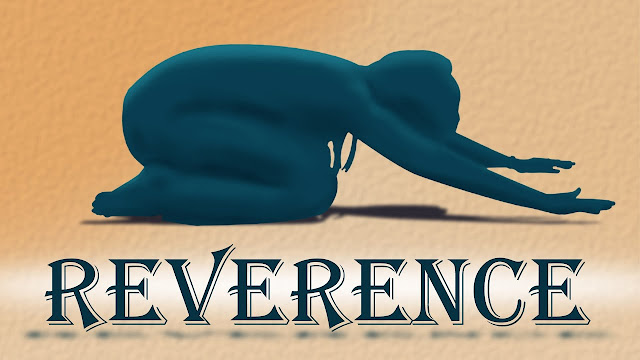From the National Catholic Reporter:
In a joint interview with NCR and the UK's The Tablet magazine on Aug. 27, Roche said he was unfamiliar with LaBeouf and the news of his conversion, but said that when it comes to high-profile Latin Mass supporters who publicly extol it as a superior form of liturgy, he hopes they will encounter the same reverence in the liturgy's ordinary form (or Novus Ordo), which has been continually updated since the Second Vatican Council, which took place 1962-1965.
'The Mass should be celebrated with great dignity.'
— Cardinal Arthur Roche
"The Mass should be celebrated with great dignity," Roche said. "It isn't just something, a trait that belongs to the missal of 1962. It belongs to the reform."
My astute and well reasoned comments:
What planet does Cardinal Roche live upon? He knows full well how horrible the Modern Missal is celebrated by any number of bishops, priests, dioceses and parishes. It is horrendous in some cases and reverence is completely lacking as reverence as been redefined and no where near the kind of proper reverence there is the the older Roman Missal.
Let’s fix that Cardinal Roche. Put your money where your mouth is!
1. The Modern Missal’s celebration seldom follows its skimpy rubrics.
2. The priest overwhelms the Modern Missal with his quirky personality, ad libbing, changing words and make it up as you go rubrics and attempts at vain reverence.
3. The Introductory Rite with its many options is an absolute mess and lends itself to banal and secular greetings and comments often lasting too long in an attempt to be folksy and welcoming.
4. Much of the modern music/hymnody is horrible
5. The propers are not mandated in a spoken or sung Mass and the distinctions between the two are so blurred as to be nonsensical
6. Gregorian Chanting of the propers is not mandated and banal or even good hymns can replace it
7. The Ordinariate’s Divine Worship, the Missal is a far better Missal than the current Latin Rite Missal with its beefed up rubrics, revision of the Calendar to make it more traditional and the formatting of the Missal to include the Traditional format of the Introit, Offertory and Communion antiphons. The current Latin Rite Missal omits altogether the Offertory Antiphon
8. Kneeling for Holy Communion is not mandated and discouraged and the manner of receiving and distributing Holy Communion is horrendous.
All of these problems could be fixed and should be Cardinal Roche!!!!! If the 1962 Roman Missal can be abandoned, a new Roman Missal, a reform in continuity one, can take the place of the current Modern Missal, which, indeed, should be abandoned.

































Alan (and all), the narrowing of the reference of “source and summit” (SC, no. 10) from the liturgy to the Eucharist may be found already in the Introduction of John Paul II’s encyclical, Ecclesia de Eucharistia (2003). Moreover, in that opening paragraph (no. 1), the pontiff focuses on the “unique intensity” of Christ’s presence in the Eucharist on the bread and wine changed into “the body and blood of the Lord.” That opening article elaborates on this in terms of the Holy Eucharist containing (I consider the verb significant) Christ’s own flesh (footnoting Vat II’s Decree on the Priesthood, not SC), to conclude: “Consequently the gaze of the Church is constantly turned to her Lord, present in the Sacrament of the Altar, in which she discovers the full manifestation of his boundless love.“ No mention is made of the activity of the assembly (in prayer and song), nor the proclamation of the word of God. Throughout the encyclical the pope extols the “profound” affect proper to eucharistic worship as gratitude and amazement experienced in adoration of Christ in the sacred species.
So, my point: There we have it. Some two decades ago a eucharistic encyclical centered on the mutuality of the sacrament on the altar and the ontology of the priest (yes, I acknowledge John Paul issued it as the annual Holy Thursday papal address to all priests). Then came the disciplinary follow-up, Redemptionis Sacramentum (2004), ordering cessation of several dozen widespread abuses, grave delicts, and irregularities against the sacrament, the rite, and the ontological nature of the priest. I would imagine the US bishops very much consider their current project’s objective and strategies a reasonable deployment of the Roman Catholic hierarchy’s contemporary teaching on and discipline for the Eucharist.